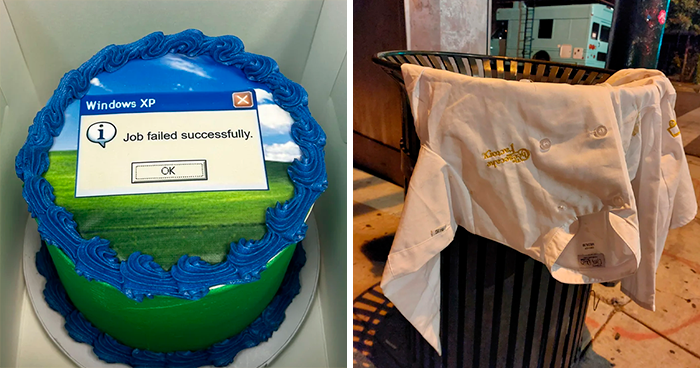
Drusillas Zoo Counts Every Paw, Claw, Feather, And Fang For Annual Stock Take
It’s that time of year again when the team at Drusillas Park commence the biggest job of the zoo calendar – a count up of every paw, claw, feather and fang for the new year animal stock take.
The annual count is one of the biggest jobs in the diary and is undertaken by keepers at zoos around the country. It is completed as part of compliance with zoo legislation, which requires zoos and aquariums to keep precise records of every animal’s birth, death, arrival, and departure.
A lot has changed over the last twelve months, and Drusillas has proudly welcomed 42 new animals and 44 ‘zoo borns’. New babies born onsite this year include critically endangered macaque baby, Kiwi, born in July, beautiful baby Arlo, a colobus monkey born in October, and an adorable sloth baby, whose surprise arrival in November just made it into the count. The zoo welcomed arrivals from other collections including serval Nwela, yellow armadillos Patsy and Eddie, and adult female macaque Lintang.
Of course, the keepers at Drusillas are aware of how many animals they have in their care every day of the year, but the annual stock take provides an opportunity to ensure that all their records are up to date and accurately reflect the number of residents at the zoo. Most of the animals have individual records, similar to our own doctor’s records, and these are kept on a system called ZIMS (Zoological Information Management System).
The larger species such as the penguins, lemurs, and camels can easily be counted on a daily basis, but a number of smaller species who reside at the Sussex zoo prove a little more challenging for keepers to count.
Zoo Business Manager, Sue Woodgate, explained: “It’s easy for some of our animals, we always know have 9 ring-tailed lemurs, 18 meerkats, and 2 armadillos, but if you try counting a flock of lovebirds who never sit still, you’ll start to go cross-eyed! We also have many invertebrates who we use in our education department – for example our black beauty stick insect numbers change all the time, especially when eggs hatch and we have a population explosion.”
Zoo Animal Manager, Mark Kenward, is overseeing the task this year and he certainly has his work cut out. With hundreds of individual animals, the process can take several days; counting some of the smaller creatures also takes a great deal of patience and plenty of double-checking.
Each of the animals must have their own record card, holding details of parentage and other important information. Drusillas’ Zookeepers will be taking particular care to ensure all their details have been recorded correctly.
Once completed, this information is submitted to a central database and used by organizations such as the British and Irish Association of Zoos and Aquariums (BIAZA) to manage conservation.
Zoo Animal Manager, Mark Kenward, commented: “Of course, we know what animals we have at the Park, but the annual stock take is a chance for us to ensure our records are spot on. There’s an awful lot to do and it can be very time-consuming, but I really enjoy doing it. It makes a nice change from my usual daily activities.”
213views
Share on Facebook
 Dark Mode
Dark Mode 

 No fees, cancel anytime
No fees, cancel anytime 






























12
0